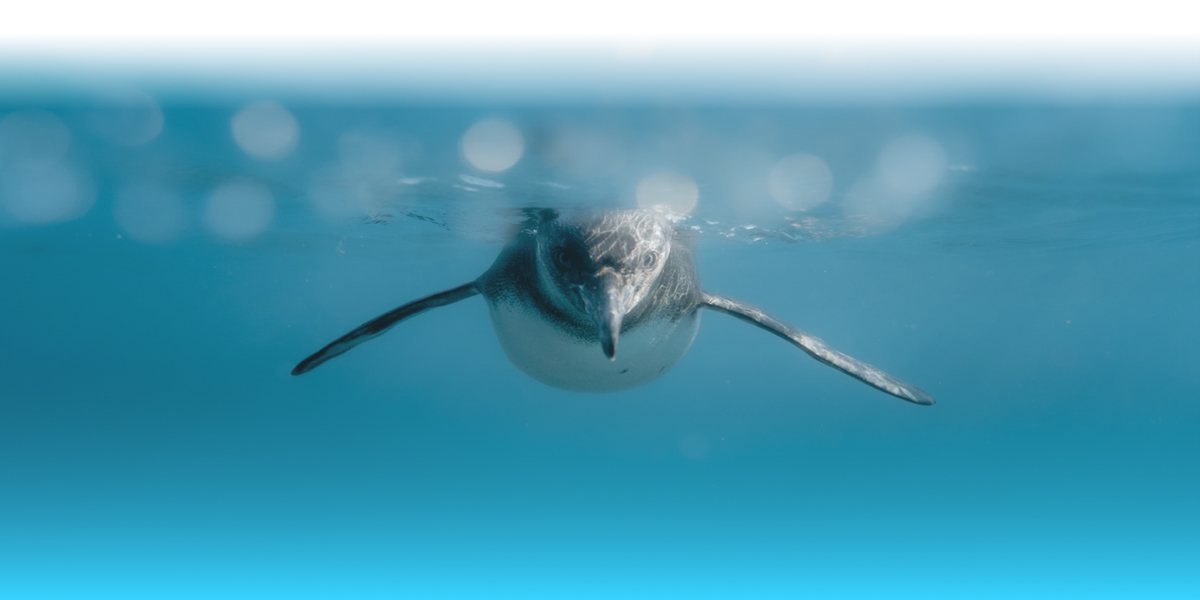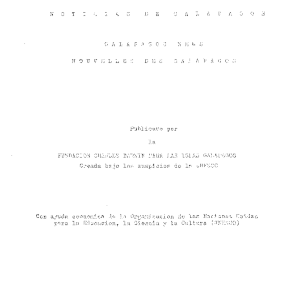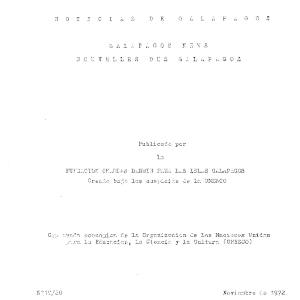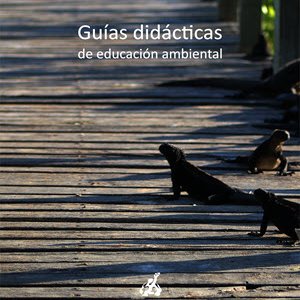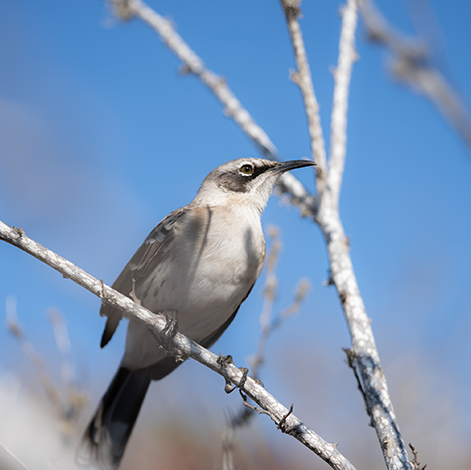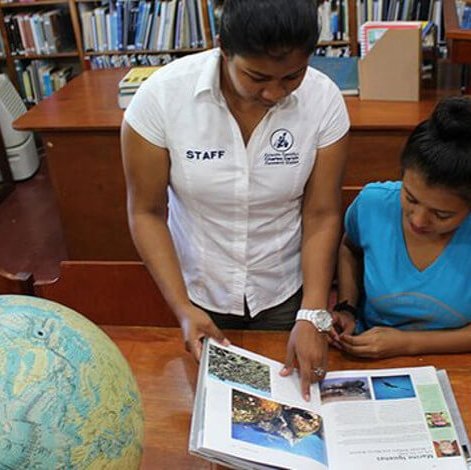Results
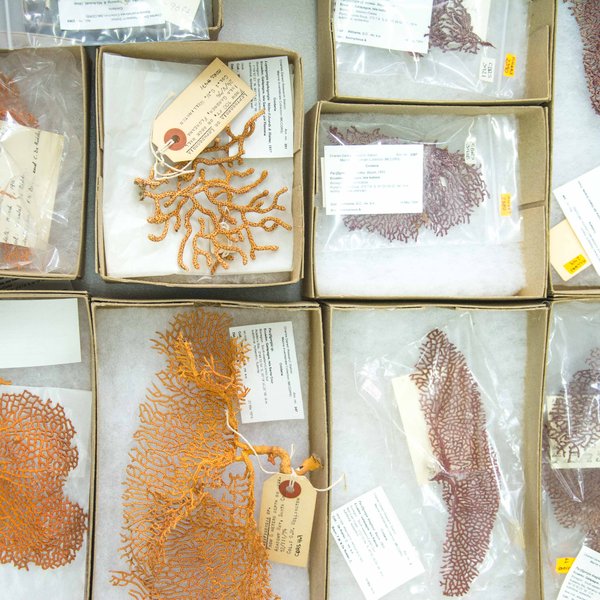
The Charles Darwin Foundation is home to the largest Natural History Collections of endemic, native and introduced species of Galapagos in Ecuador, with more than 135,000 specimens and 7,500 species across four Collections: Marine, Vertebrate, Terrestrial Invertebrate and a Herbarium.
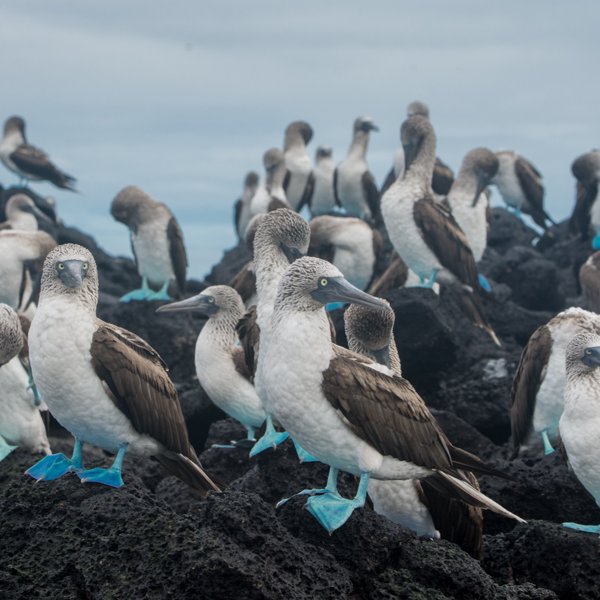
Since 1959, the Charles Darwin Foundation has been on the frontlines of scientific research and conservation action in the Galapagos Islands. Join us on our mission to safeguard one of our planet’s most important natural treasures Discover our research and conservation programs today.
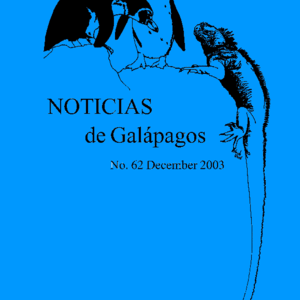
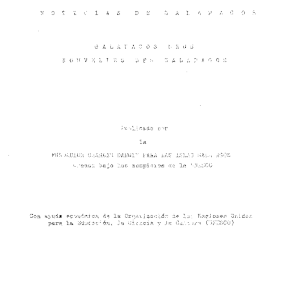
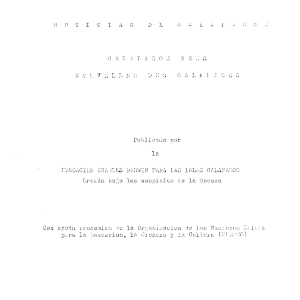
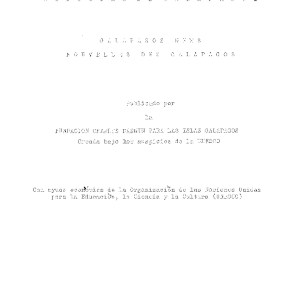
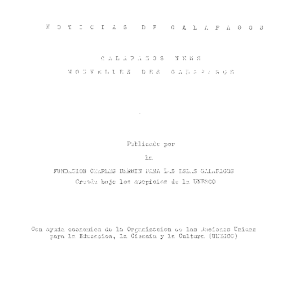
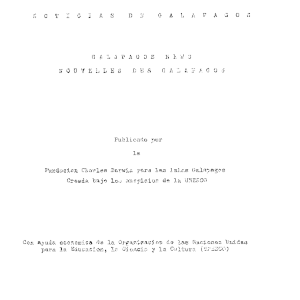
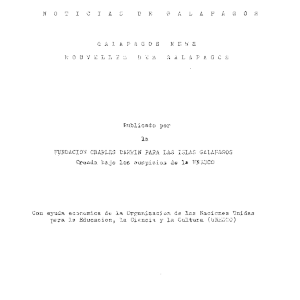
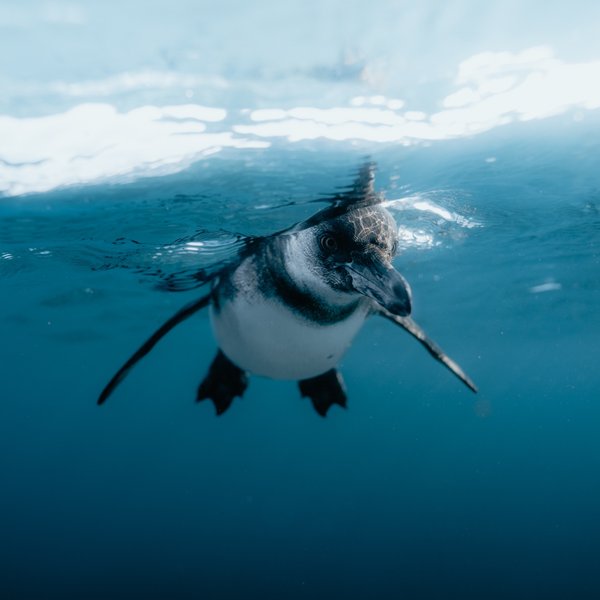
Threats such as climate change, introduced species, diseases, pollution, and fishery activity all put the Galapagos penguin at immediate risk of population decline. Your adoption of a Galapagos penguin will help us carry out annual monitoring of this species, in partnership with the Galapagos National Park Directorate.
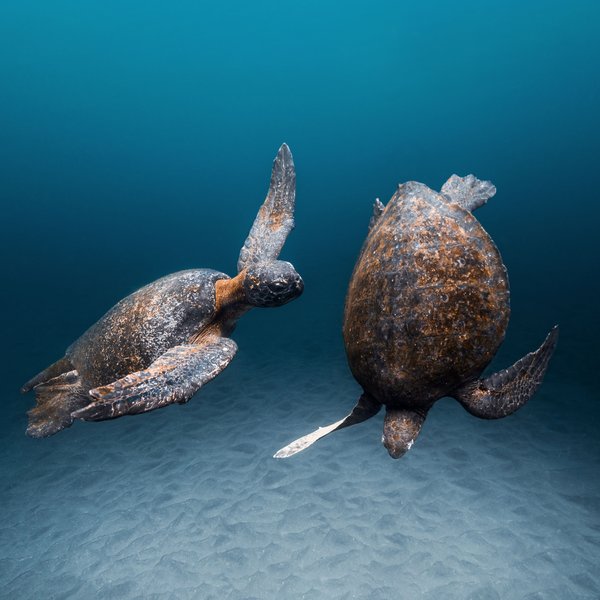
Galapagos green sea turtles are particularly affected by boat propeller accidents. By adopting a turtle, you’re helping us develop models that will assist authorities in setting safer speed limits for boats. This not only safeguards sea turtles but also protects other marine wildlife. Your support also fuels vital research that will help authorities improve tourism practices, and ensure these charismatic animals and their habitats remain healthy.
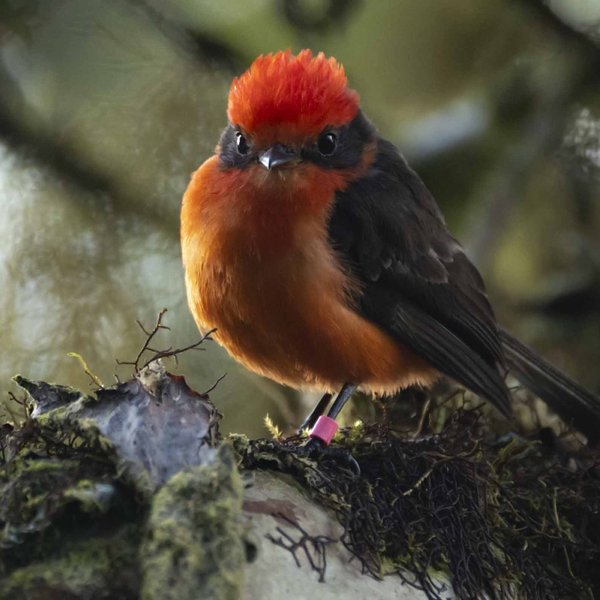
Little Vermilion Flycatcher populations are declining at a rapid rate due to the impacts of invasive species, particularly on the island of Santa Cruz where only 30 breeding pairs are found. By adopting a Little Vermilion Flycatcher you will help us restore their habitats and reduce the impacts of invasive species. Your donation will also enable us to investigate ways to recover the species on the islands where it has disappeared.
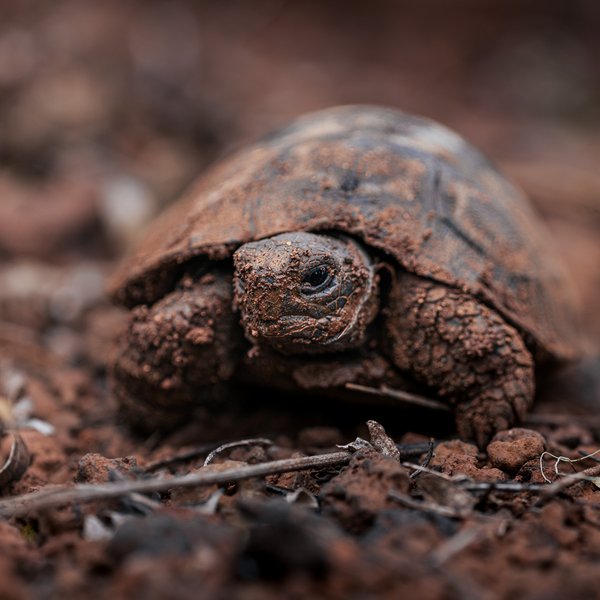
By adopting a Galapagos giant tortoise, you will contribute to our research and outreach activities related to various tortoise species. The Galapagos tortoises have become threatened largely due to habitat change and fragmentation, climate change, diseases, and introduced species. The Charles Darwin Foundation leads a multi-institutional project that aims to determine movement behavior, assess health, and describe the ecological role of tortoises in the Galapagos ecosystems.
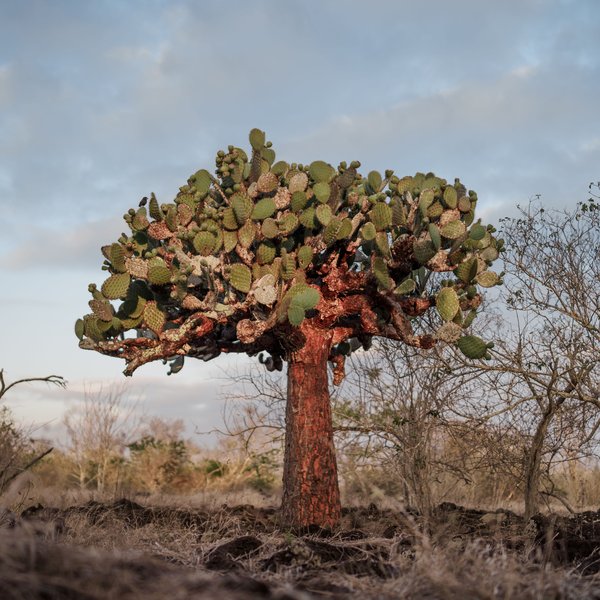
The population of the Galapagos pricky pear cactus declined during the 1960s and 1970s due to the impact of invasive species and human activities. By adopting a Galapagos prickly pear cactus you will support the Charles Darwin Foundation’s Galapagos Verde 2050 program, which works to restore the populations and enhance the conservation process of the Galapagos ecosystems by using ecological restoration tools.
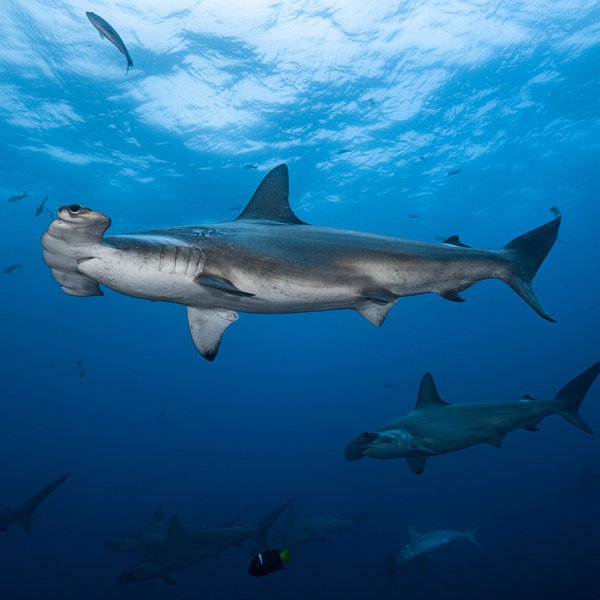
By adopting scalloped hammerhead sharks you will contribute to our mission of developing a strong scientific basis for the development of effective management and conservation strategies that will ensure their long-term protection. Scalloped hammerhead sharks are threatened by commercial and illegal fishing, as well as climate change. They are also taken as bycatch by vessels targeting shrimp or bony fishes. Our work is therefore of incredible importance.

You can support our research and conservation projects by adopting one of the Galapagos species.
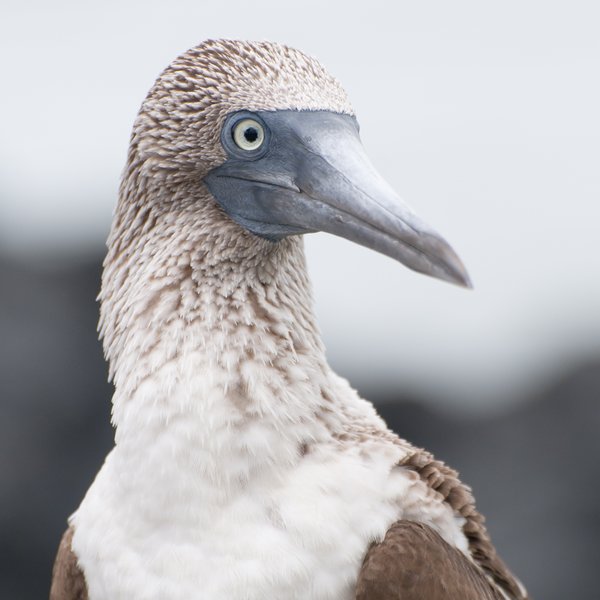
For more than 60 years, the research undertaken at the Charles Darwin Foundation has focused on furthering our understanding of the natural systems, their relationship with those living in the archipelago, and the intricate and relationship with those living in the archipelago, and the intricate and delicate balance between climate, mankind, and nature. Major research efforts have also focused on the prevention, control, and eradication of invasive species to maintain Galapagos as one of the best-conserved archipelagos in the world.


